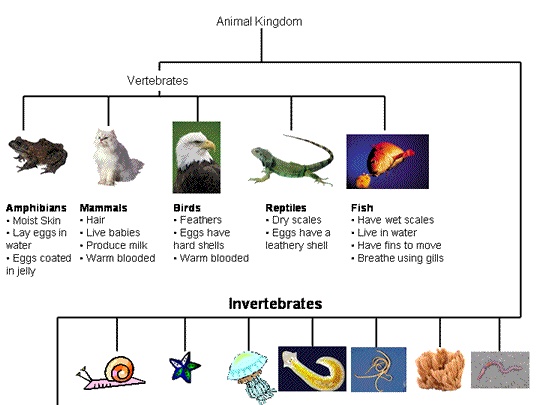Scientists classify the organisms into five major kingdoms. The names of five kingdoms are Kingdom Monera, 2nd Kingdom, Kingdom Fungi, Kingdom Plant and Kingdom Animal.

The first kingdom is Monera. In this kingdom unicellular organisms are placed. The word unicellular means one cell containing organisms. Their cell wall is made up of murein and having no membrane. These organisms are also called unicellular organisms. This kingdom are the simplest of all living things. Monera organisms can be found in the oldest fossils bearing the rocks. They have also no nuclear membrane and therefore no nuclear is present. Also other organisms. Examples of Kingdom Monera is bacteria and blue green algae.
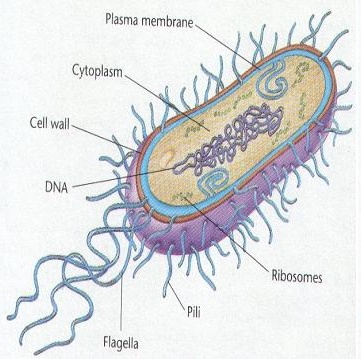
The second kingdom is the Kingdom Protists. The organisms of the Kingdom Monera are unicellular. The organisms if Kingdom Protista are complex than Kingdom Monera. Some organisms which are placed in Kingdom Protista contain chlorophyll and some organisms lack chlorophyll and cannot prepare their own food. Examples of Kingdom Protista are protozoans, yeast etc.
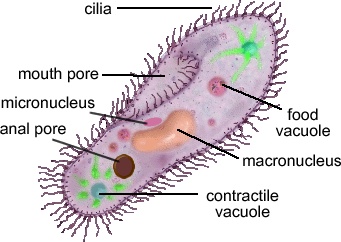
The third kingdom is the Kingdom Fungi. They are cellular organisms. They lack chlorophyll. These organisms deriving food from the living cells of dead organic matter and deriving food from the living cells of their host. Most species of fungi are many cells. Fungi do not move about usually. Examples of Kingdom Fungi are bread mold, mushrooms, rust, fungi etc.
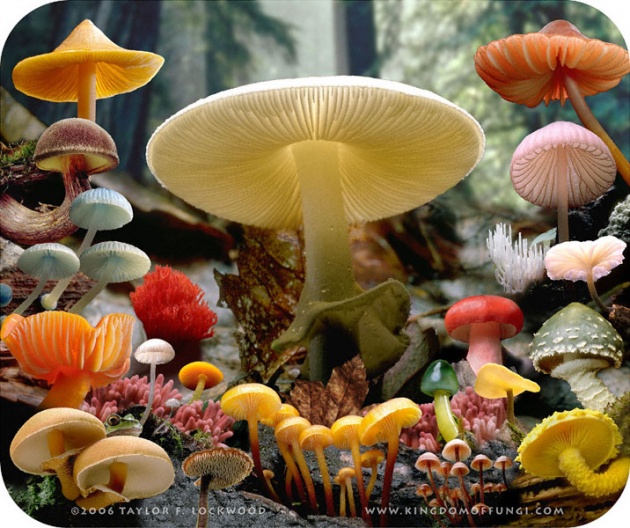
The fourth kingdom is the Kingdom Plant. These kingdom contains plants only. They contain chlorophyll and prepare their own food. Examples of Kingdom Plant are rose, mango etc. They have cell walls and fixed at one place. They cannot move.
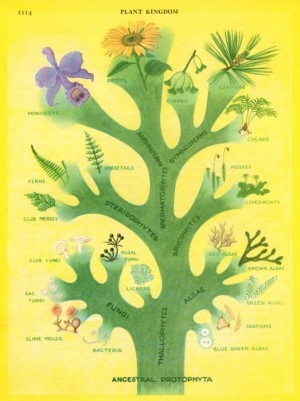
The five and last kingdom is Kingdom Animal. They have many cells. They lack chlorophyll and no cell wall. They cannot prepare their own food. Animals are of two kinds. 1st is invertebrates means earthworm, starfish etc and second is vertebrates. Examples are man, snake etc.
